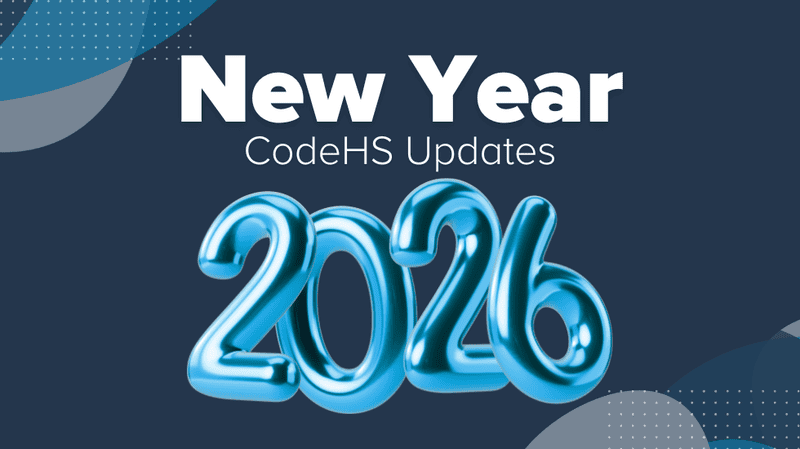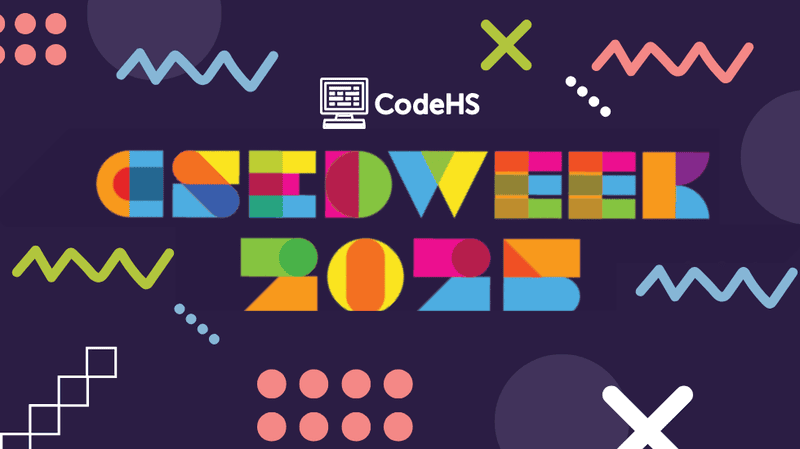John Mack
Tanglin Trust School, Singapore
Tell us about yourself
I taught ICT and Computer Science for 7 years in the UK, however in 2010 decided to move out to Singapore to take up a position at Tanglin Trust School — still a British School just a little bit warmer ;-)
ICT and Computer Science is compulsory for 11–14 year old students, it then becomes an optional subject for the older students.
Tell us about your students
I teach 12 different classes spread across the age ranges of 11–19 all in some way learning about programming. The students here are an eclectic bunch however they all share the same passion to succeed.
“In the year since we have implemented CodeHS, the uptake for optional computer science… has gone up by almost 75% with a massive increase in the number of girls taking the course!”
Has CodeHS been an effective teaching tool for you? How so?
CodeHS has allowed my students to work at their own pace with me being able to support students who are struggling or give out extra challenges to the more able. It has also made marking my students work a breeze as before it would be either searching through students users areas or reading pages of code.
I also love being able to see if a student has watched the help videos or not, that leads to some interesting discussions on why students feel they aren’t making progress.
What do your students enjoy about learning with CodeHS?
They love the chunked up nature of the website, however the one thing they all love is the pooping dog. No matter how many times I explain to them it isn’t poop you still hear the phrase ‘no make a function to get Karel to poop like this’.
The older students have particularly liked the visual nature of the problems.
Tell us your biggest story related to using CodeHS in your class!
In the year since we have implemented CodeHS, the uptake for optional computer science at GCSE level (aged 14–16) has gone up by almost 75% with a massive increase in the number of girls taking the course!
What is the most creative way you have used CodeHS?
It’s when we found sandbox mode and realised that we could create our own tests. Students then make these public and print of a QR code and stick it into their books getting to their sandboxed work is now a breeze using my tablet.
“Kids visibly [jump] out of the seat and [do] a victory dance when they solve a particularly difficult problem!”
What does a typical day in your classroom look like?
A typical day in my classroom in one word would be energetic. I normally teach for 4 1 hour periods a day with my time being spread across all of my classes but skewed towards the older students taking their A levels and GCSE qualifications. I could be teaching everything from creating comics using Photoshop past programming with CodeHS ending the day with Machine Code!
What strategies have you utilized to help students overcome challenges while learning to code?
As we have 3 experienced programmers on staff, we tend to mix CodeHS stuff with real world problems to ensure students understanding on given topics. We also love setting sandbox challenges or getting students to write tests for other students to complete in sandbox.
What’s the funniest thing that’s happened in your CodeHS class?
Kids visibly jumping out of the seat and doing a victory dance when they solve a particularly difficult problem — like the Fibonacci Karel problem.
Originally published at codehs.com.


